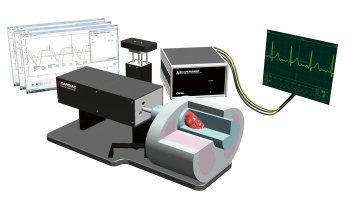MDCT imaging technique to evaluate bone healing
Increased diagnostic possibilities for orthopaedic patients.

Multi-detector computed tomography (MDCT), using high-quality 2-D formatting, is highly recommended as the primary imaging technique to evaluate bone healing, according to a study by radiologists at the Medical University of Vienna, Austria.
The study included 43 patients with histories of fractures, arthrodesis (joint fusion) or spinal fusions who had undergone MDCT and conventional radiography to evaluate bone healing.
Two musculoskeletal radiologists analysed multiplanar reconstructions and radiographs in a consensus interpretation. Their results showed no evidence of bone bridging in 14 patients. 23 patients showed evidence of partial fusion, and six showed complete fusion. In 27 patients (63%), MDCT and digital radiography were concordant in terms of the extent of bone healing, while in 16 patients (37%) the results were not concordant. In eight patients digital radiographs underestimated the extent of bone healing, while in another eight patients they overestimated the degree of fusion. ‘Most cases were dealing with bone healing after spondylodiscitis, fractures or arthrodesis,’ said Christian R Krestan MD, the study’s lead author. ‘However, no scientific data were available concerning the value of MDCT in bone healing compared with radiographs, which had been used for decades in this indication.
’The study results have a considerable impact on orthopaedic patients and lead to a substantial improvement in patient care,’ he added. ‘The exact diagnosis or exclusion of bone healing provides a basis for decisions like mobilisation or immobilisation and even repeated surgery in these patients.’
Source: The American Roentgen Ray Society (ARRS)
14.11.2006











